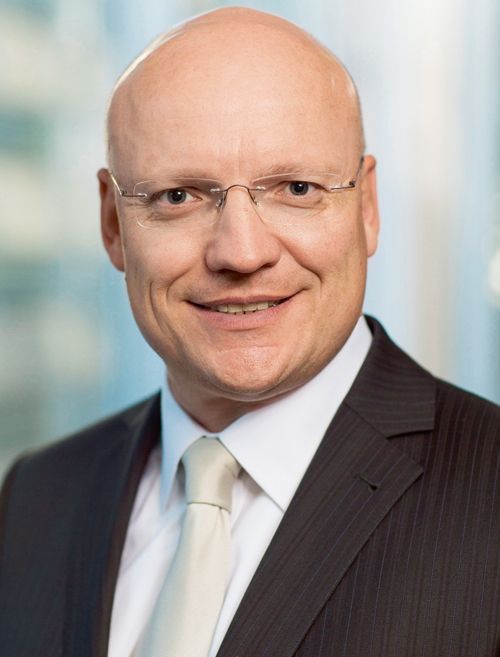Investment transactions valued at a combined EUR 5.1 bln were closed on the commercial property market in Central and Eastern Europe in the first half of this year – a 69 pct increase on the same period of 2015 and the strongest H1 figure since 2007, according to JLL. Poland remains the dominant CEE market, but the other markets in the region have been putting on a strong performance too. The H1 2016 investment volume in the Czech Republic came to EUR 950 mln, with the full-year volume forecast to reach around EUR 2.5–3 bln, according to JLL’s ‘CEE Investment Pulse, H1 2016’ report. Interestingly, domestic capital accounted for more than half of the investment volume, in both the office and the retail sector. At the same time, the country has increasingly been attracting new global investors, the report claims. The transaction volume in Hungary amounted to EUR 910 mln in the first half of the year – higher than the volume recorded in the country for































































